GettingStarted
Isteppedofftheplaneandsawthehigh,snow‑encrustedmountainsoftheHimalaya.WehadflownintothevillageofLuklaintheKhumburegionofNepal.Iwouldn’tseeMountEverestuntilthefollowingday,andwhenIdid,Ihadtocranemynecktotheskytoseethesummit. Itwassomuchtallerthananything else.
YoumightbewonderingwhatIwasdoinghere.IwaspartofanexpeditiontoMountEverest.Icamebecauseourplanetischanging.Rightnow,we’reseeingdramaticclimatechangethathashugeimplicationsforpeoplearoundtheworld.Thisisespeciallytrueinextremeenvironments,likehighmountains,wherewedon’thavealotof data.
Here,weknowtheglaciersoftheHimalayaaroundMountEverestprovidewaterresourcestothemillionsofpeoplewholiveinthesemountains.TheglaciersalsofeedtheriversthatflowtoareasofAsiathatarehometomorethanonebillionpeople.Risingglobaltemperaturesarecausingtheglacierandsnowyareastoshrinkandarethreateningthisvitalresource.Wewantedtoknowmoreaboutthis.So,myjobwastohelpcollectdataabouttheenvironmentsowecanbegintobetterunderstandhowthehighmountainsare changing.

TheLuklaairportishighinthe Himalaya.
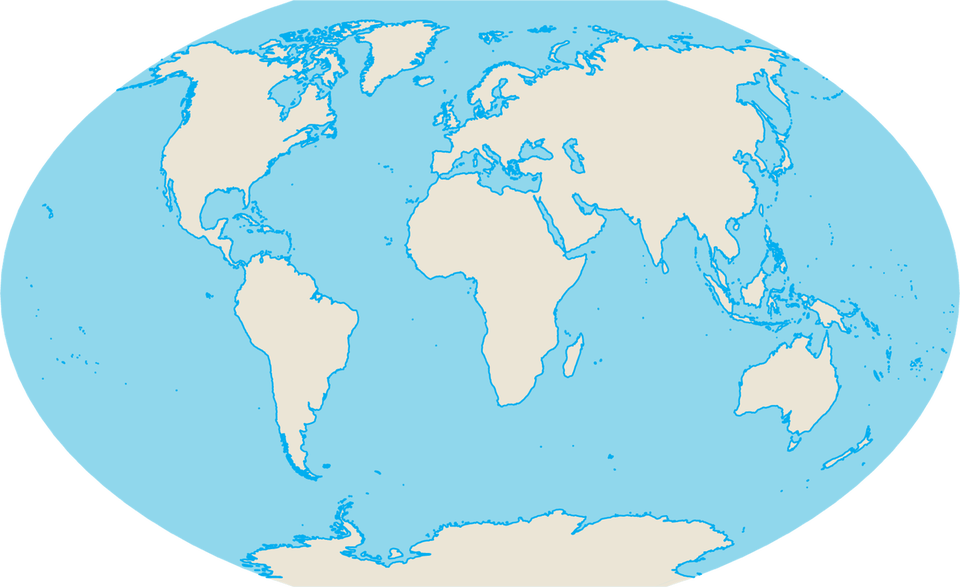
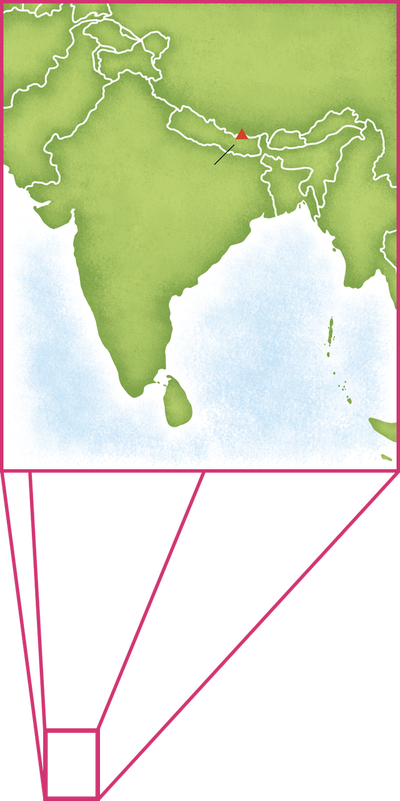
NORTH
AMERICA
PACIFIC
OCEAN
ATLANTIC
OCEAN
INDIAN
OCEAN
EUROPE
ASIA
AFRICA
SOUTH
AMERICA
ANTARCTICA
AUSTRALIA
China
Nepal
India
Mount
Everest
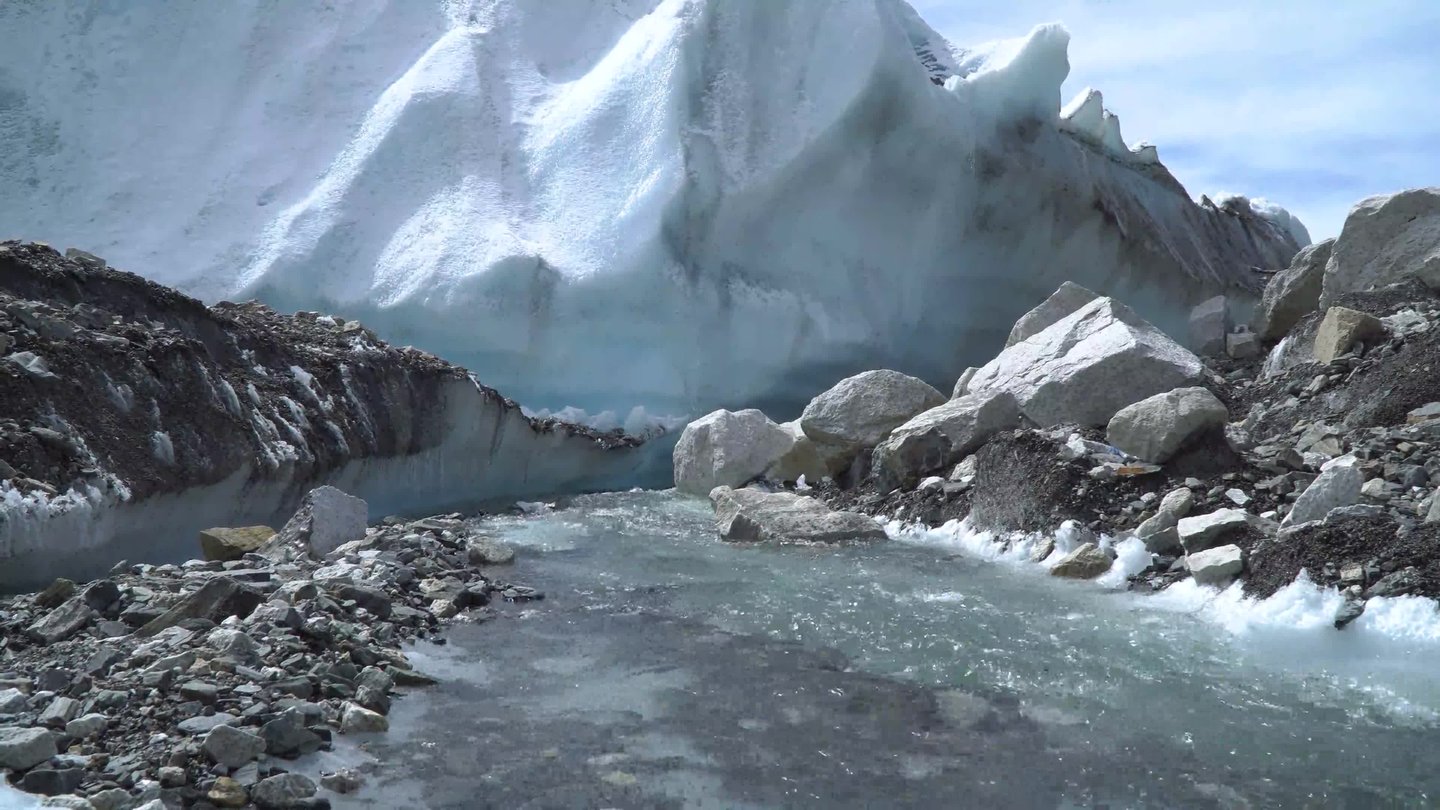
meltwaterneartheKhumbu Glacier

ThebasecampmanagerandIsetupasurveystationfor3-D mapping.
CollectingSamples
Overthecourseofourmonths‑longexpedition,wecollectedsamplesofice,snow,rocks,water,andlake sediments.
Wealsoobservedandrecordedtheplantandanimalspeciesthatcansurviveattheseveryhighelevations.Wemappedtheareaandsetupweatherstationsalongtherouteuptothe summit.
ExpeditionWork
Beforeanyonecollectedanydata,though,weneededtoprepare.Thisplaceisunlikeanyotherplace.Weneededtolearnandpracticemountaineeringskillstogohighonthemountain.Weneededtotestourequipmentintheextremeweather.AndweneededtoworkwithourSherpaclimbingteamthatwouldbeoneofthekeystooursuccess.SherpasareTibetanpeoplelivingonthehighsouthernslopesoftheHimalaya.Theyareknownforprovidingsupportfor climbers.
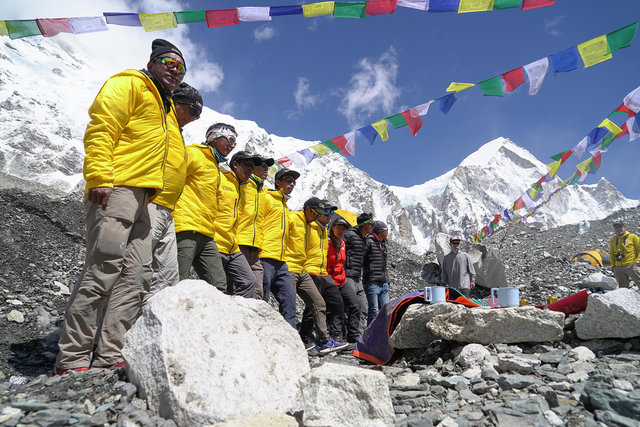
Sherpateammembersattendedaceremonyforthesafetyofourteambeforea climb.
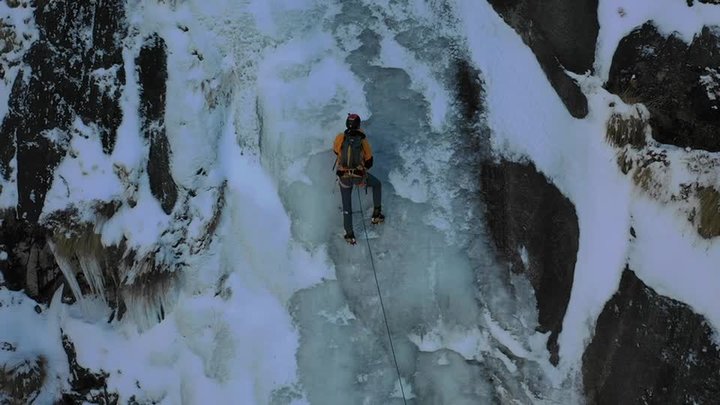
Cramponsonbootsandiceaxeshelpwiththe climbing.
IceTraining
Therearesteepslopesoficeandsnowontheroutetothesummit.Weneedediceclimbingequipmenttoscalethem.Cramponsattachedtoourstiffboots.Thesearemetalspikesthatstickoutthebottomandthefrontofourboots.Theyhelpyourfootingonslipperyiceslopes!Iceaxeshelped,too.Youcanswinganaxintotheiceandpullyourself up.
Itwashardanddangerouswork.TheSherpateamfixedropesonicyslopessothat,ifyouslippedandfell,theropewouldcatchyou.OurrouteupEveresthadtogothroughtheKhumbuIcefall,whichputourskillstothe test.
Eachmemberoftheteammustbecomeproficientwiththetoolsandtechniquesofice climbing.